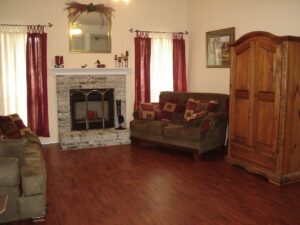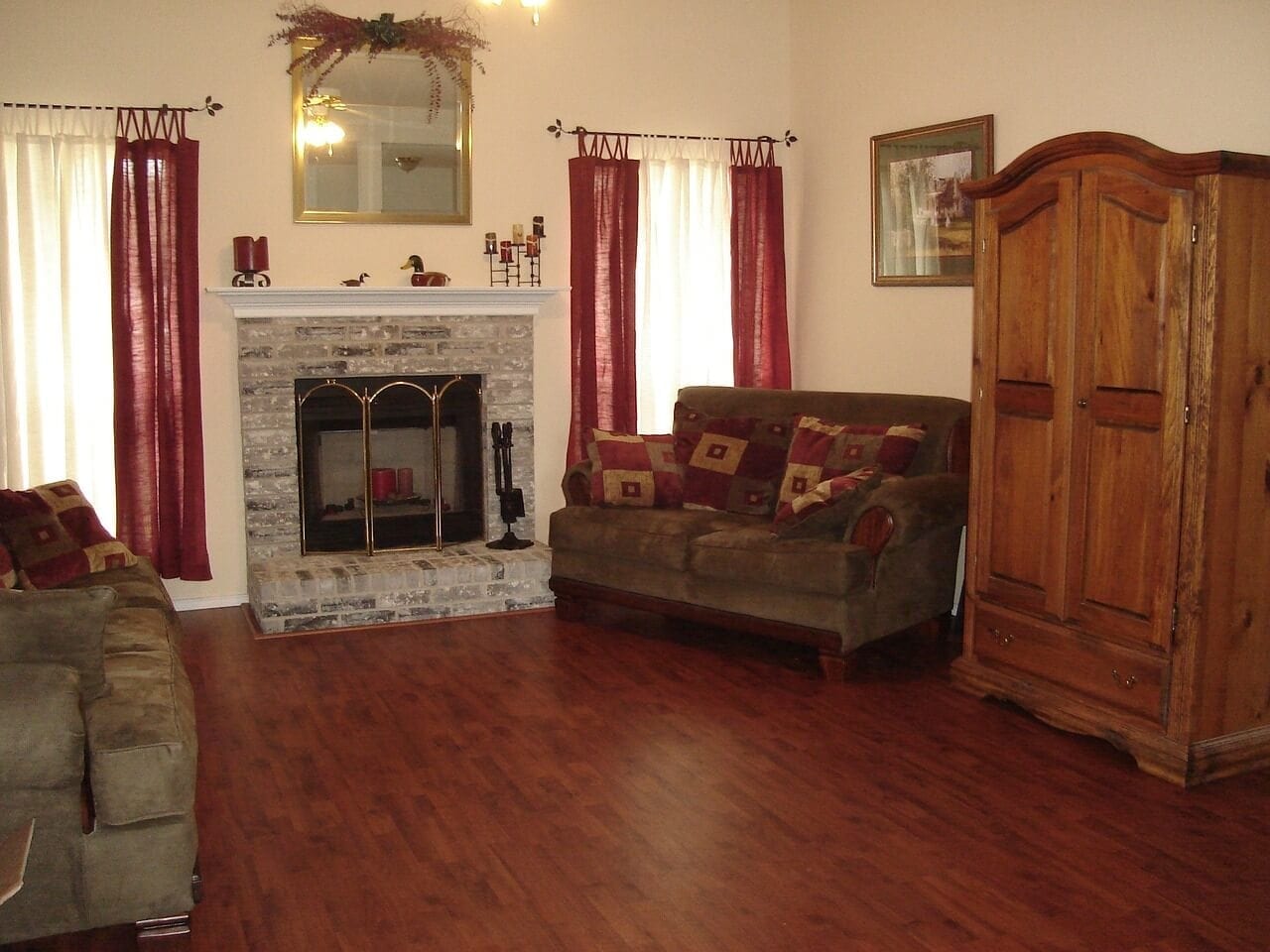Home heating accounts for the largest percentage of your utility bills, which is close to 50%. When you think about this, it makes sense that you would want to do whatever it takes to lower your energy costs.
The reality is that every home is losing heat. One thing you can do before you take action is to contact your energy provider to see whether they offer an energy audit. That way, you will find out exactly how much heat your home is losing. Even though this service is not always free, it can give you a good idea of where to start.
In this article, we’ll tell you which are the most sensitive areas of your home that require attention when it comes to heat loss.
Why Is Your Home Losing Heat and How To Prevent It

1. Heat escaping through the roof/attic, floor, windows, walls. The solution: insulation.
Approximately 25% of the heat that is generated by your heating system will escape due to a poorly insulated roof. About 30% of it will escape through the walls, windows, and doors, and approximately 10% will be lost through the floor.
The attic, the floor, and the walls can be insulated, and the investment will pay for itself in about a couple of years or so, depending on the size of your home. When it comes to windows, you have two options. You can draught-proof them, or you can invest in double/triple-glazed windows, which are more expensive.
2. Not being able to control the temperature. The solution: heating controls.
Modern heating controls are essential and can prevent your home from losing heat unnecessarily. With them you can control the temperature that you want in your home, once that temperature is reached, your heating system will turn off, and it will only turn back on when is needed.
Your home can get too hot when you don’t have proper heating controls, not your not only wasting energy making the house warmer than you want but you need to use more energy to bring the temperature back down again, which in turn will cause your energy bills to rise as well.
3. Air ducts. The solution: seal and insulate them.
A home’s duct system is often overlooked when it comes to preventing heat loss. Air ducts for either heating or ventilations purposes consist of a network of tubes that can be found in a home’s walls, floors, and ceilings. The problem with them is that if they’re not sealed & insulated, they can leak the hot or cold air unintentionally causing temperature changes in the affected areas.
If you don’t want to insulate the ducts from all over your home, then you should at least do it for the ones that are located in the attic or a vented crawlspace that are outside of the houses insulation envelope.
4. Draughts. The solution: draught-proofing.
We’ve already mentioned draught-proofing when we talked about windows. The great thing about this method is that you can use it in several places around your home, like doors, the chimney, loft hatches, any cracks that are visible, and the floorboard.
Make Your Home More Energy-Efficient with Multifoil Insulation
Sadly, homes are not airtight, and we have to do what we can to prevent losing heat. We hope that our tips will help you make the best decision, or at least identify which areas in your home need attention.
If you are interested in finding out more about multifoil insulation, then feel free to request your free sample pack, which contains product samples and data sheets. For any other questions, contact us at [email protected] or 01636-639-900.

